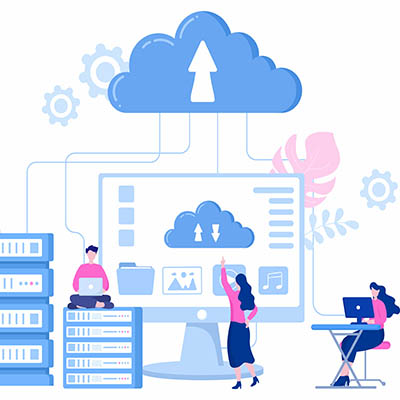Today, simply working harder isn’t enough; you need to work smarter. This is where productivity software comes into play. Far from being just a suite of digital tools, this technology fundamentally transforms the way employees operate, leading to dramatic gains in efficiency and overall output. How does this software actually work to boost your team’s performance? This month, let’s dive into the mechanisms that make it an indispensable asset for the modern workplace.
The Core Mechanisms of Efficiency
Productivity software improves employee efficiency by addressing the most common bottlenecks in any workflow: poor communication, disorganized work, and time-consuming manual tasks.
Streamlining Workflows with Centralized Management
One of the biggest drags on efficiency is the fragmentation of work; information scattered across emails, personal notes, and different platforms. Productivity software combats this by creating a single, cohesive environment.
- Project management tools – These tools allow managers to break down large projects into small, manageable tasks, assign them clearly, set deadlines, and track progress on a visual board. This centralization ensures everyone knows their role and the project’s status instantly, eliminating redundant meetings and emails.
- Knowledge repositories – By centralizing documents, notes, and processes, this software ensures teams aren’t wasting time searching for information or operating on outdated versions. It builds a single source of truth that is accessible to all, fostering faster decision-making.
Eliminating Tedium Through Automation
A significant portion of an employee’s day can be spent on repetitive, low-value administrative tasks, such as sending follow-up emails, updating spreadsheets, or moving data between applications.
- Automation platforms – This software automates these mundane tasks, freeing up valuable employee time for higher-level, strategic work that only humans can do. For example, a project management tool can automatically send a notification when a task is completed, or a CRM can automatically log an email. This reduces the risk of human error and allows employees to focus their energy where it matters most, leading to a direct boost in output per hour.
Enhancing Collaboration and Communication
Miscommunication and delays in feedback can derail projects. Modern productivity software builds real-time, efficient communication directly into the workflow.
- Real-time collaboration suites – These allow multiple users to edit documents simultaneously, view revision history, and leave comments in context, eliminating the need to constantly email document attachments back and forth. This dramatically speeds up content creation and review cycles.
- Communication platforms – By moving away from email for quick questions and updates, these tools offer channels for instant messaging, file sharing, and video calls. This creates a transparent, immediate, and asynchronous communication structure that reduces email clutter and accelerates problem-solving.
From Efficiency to High-Impact Productivity
The efficiency gains discussed above translate directly into higher productivity, thanks to the data-driven insights and accountability created by the software.
Data-Driven Performance Insights
Many productivity tools include sophisticated analytics that provide managers and employees with an objective view of performance.
- Time tracking and analytics – By monitoring how much time is spent on specific projects, tasks, or even applications, managers can identify bottlenecks and time-wasting activities. This data allows for informed decisions on resource allocation, process refinement, and training needs, helping to smooth out workload imbalances and ensure tasks are properly estimated.
- Goal setting and tracking – Features for setting measurable objectives and key results (OKRs) or key performance indicators (KPIs) link daily activities directly to the company’s strategic goals. This creates a culture of accountability and purpose, ensuring that employee effort is always aligned with the biggest priorities.
Improved Focus and Reduced Context Switching
The constant barrage of notifications and the need to switch between different applications kills focus, a concept known as context switching.
- Centralized dashboards and notifications – By consolidating tasks, communications, and files into one hub, productivity software minimizes the need to jump between programs. This allows employees to enter a state of deep work, where focused, uninterrupted effort leads to higher quality and faster results. Tools for distraction blocking and scheduling focused work time further reinforce this benefit.
With Technology, You Can Have a Smarter, More Engaged Workforce
Ultimately, productivity software doesn’t just make work faster; it makes it better. By removing administrative friction, clarifying roles, and providing transparent feedback, these tools empower employees to feel more in control of their day, leading to less stress and burnout. When people can focus on meaningful work rather than fighting their tools, they become more engaged, innovative, and, most importantly, productive. Investing in the right productivity software isn’t just a technology decision, but a strategic move to unlock your organization’s potential.
For help getting the technology you need in place to build your perfect business, give North Central Technologies a call today at 978-798-6805.







